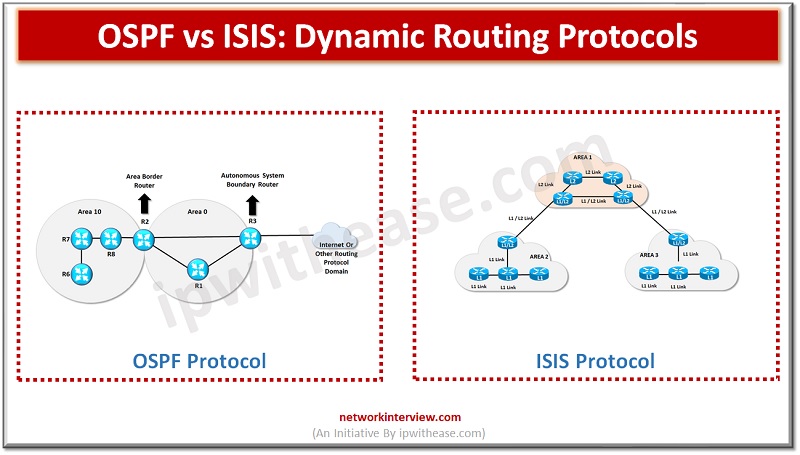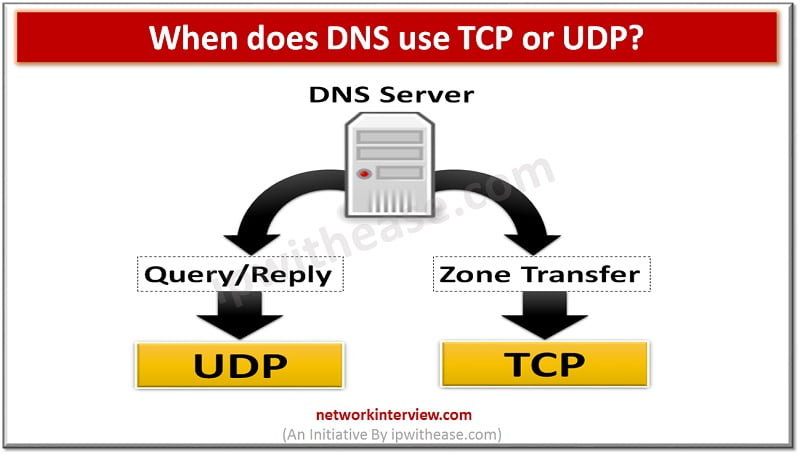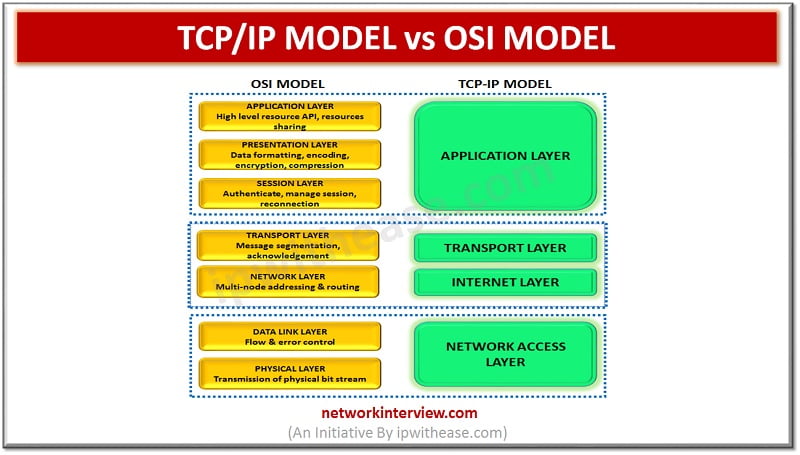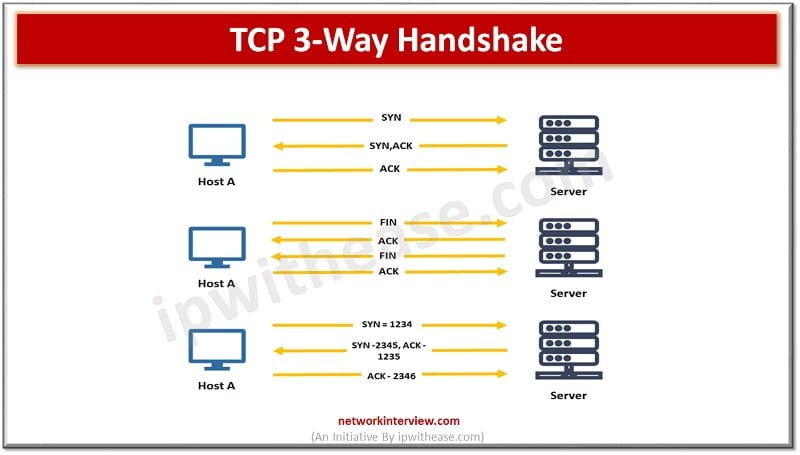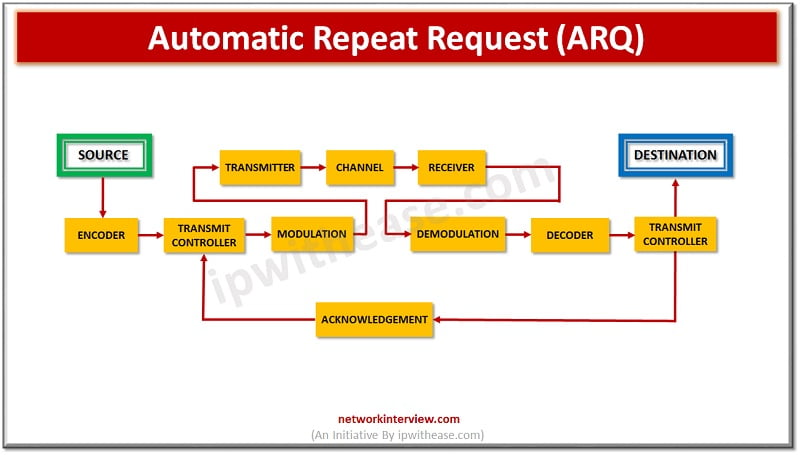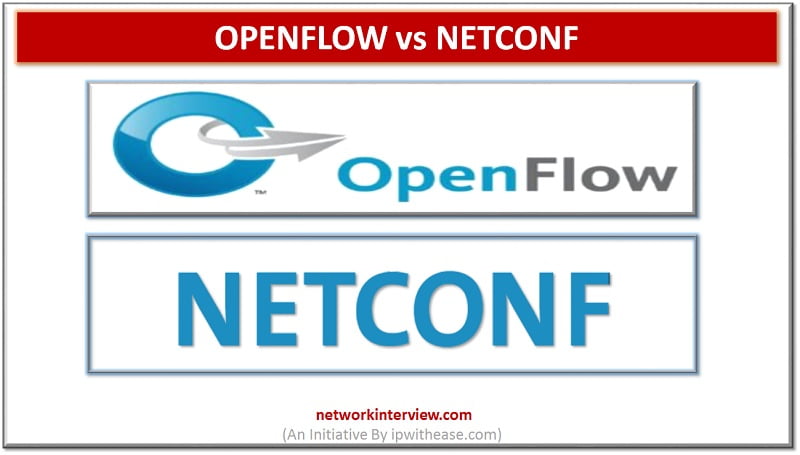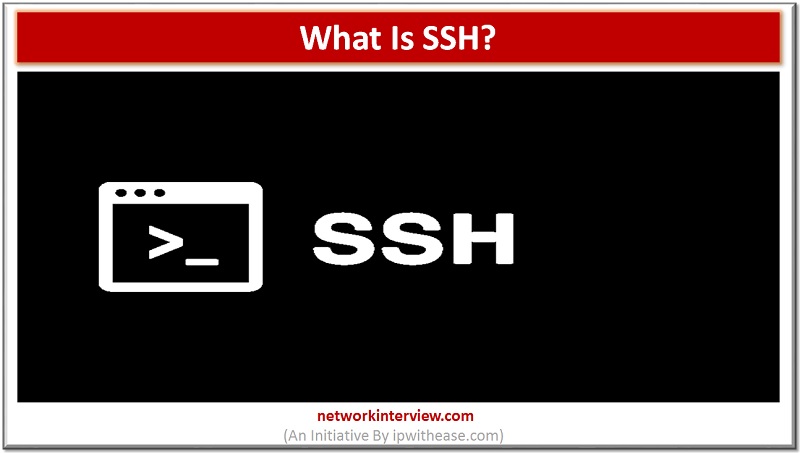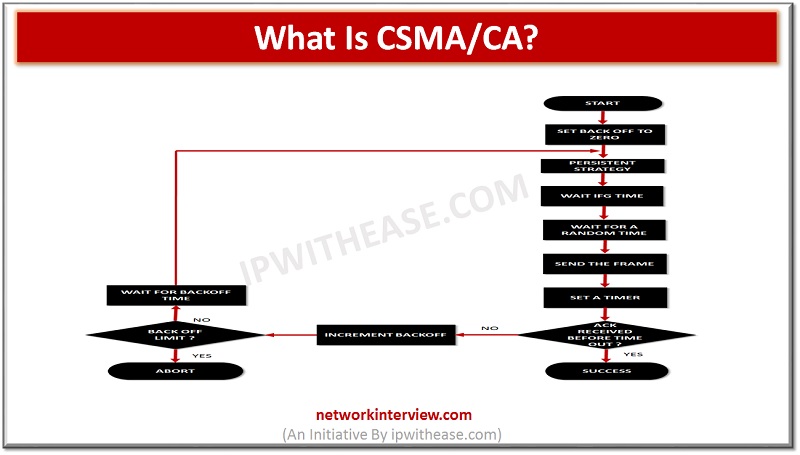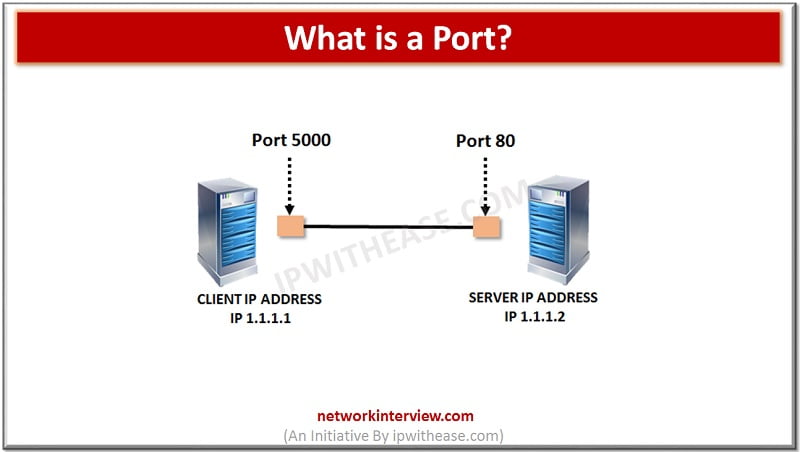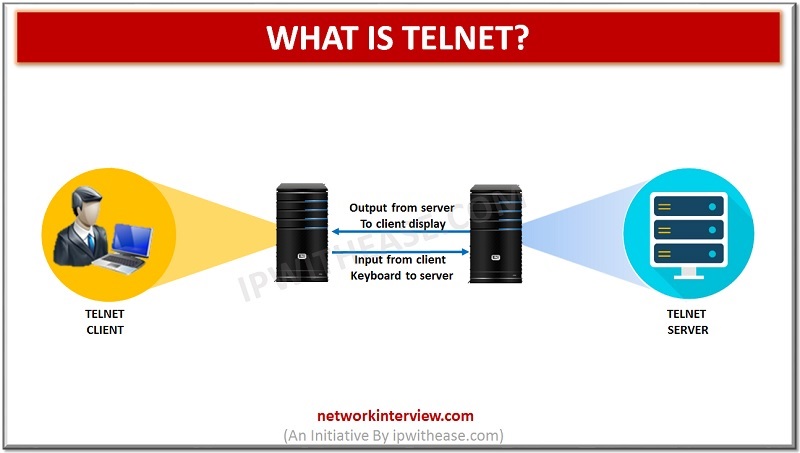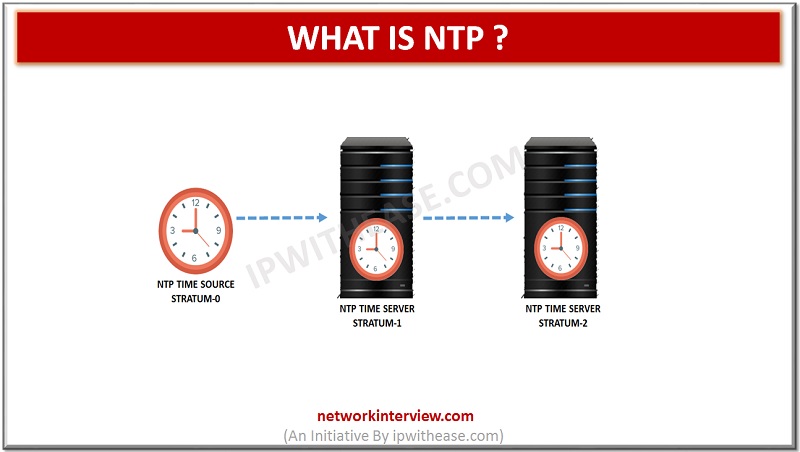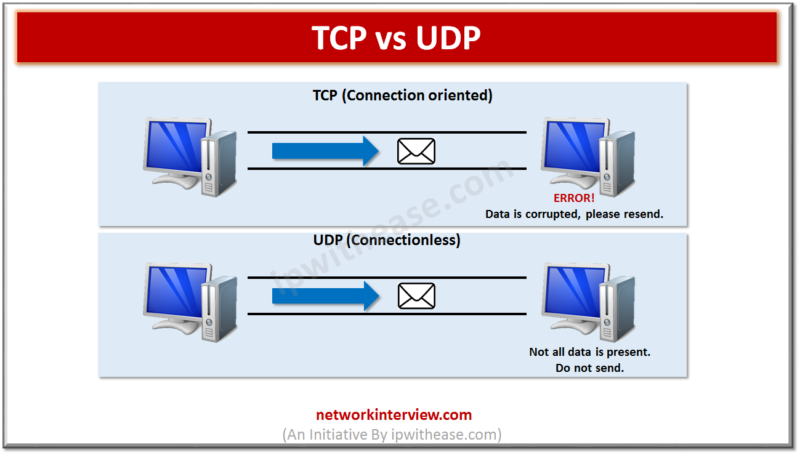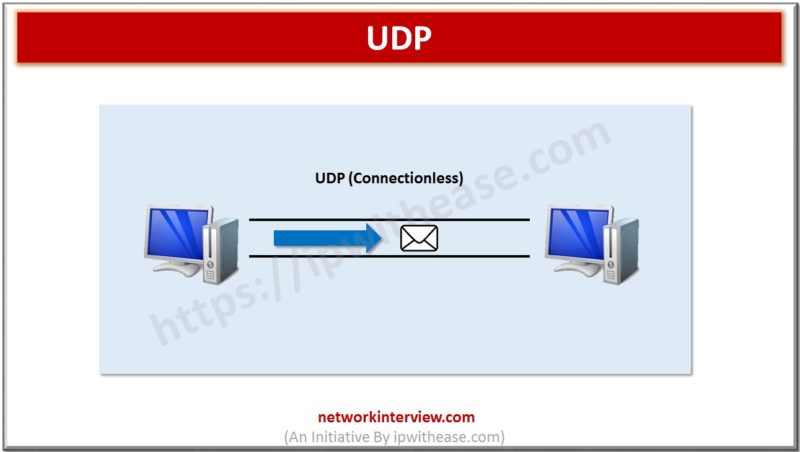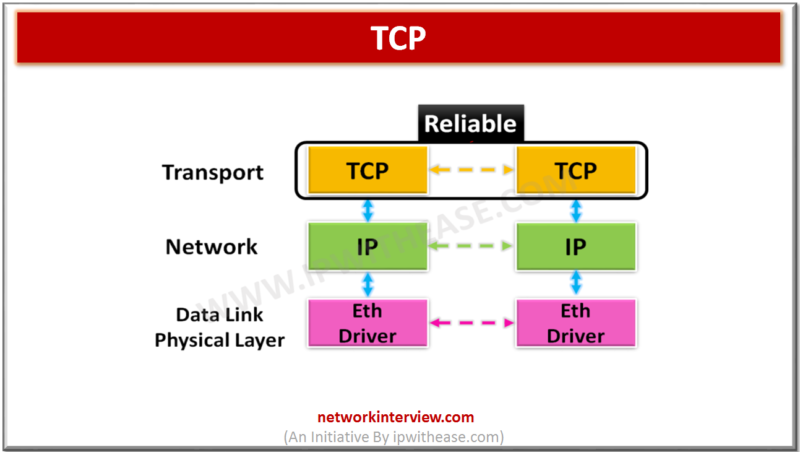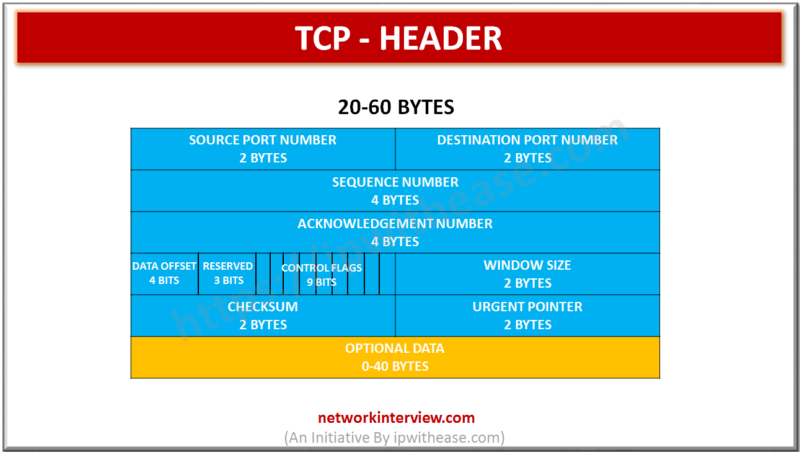Computer communication networks are growing at a rapid pace, they are based on technology which provides the technical infrastructure, whereas routing protocols are used for transmission of data packets across the Internet. Routing protocols specify how routers communicate with each …
Introduction There are quite is few services which may use both TCP and UDP protocol while communicating. The primary reason is based on type of request/response which needs to be furnished. Before we further drill into detail of protocol type …
Whenever networks are implemented and different devices try to communicate over the network. Some of the other reference models are being referred to which is a standard specification or framework to provide standardization on how implementation, connectivity, communication will happen. …
The TCP/IP model helps to determine how one computing device would connect to the internet and how data transmission happens between them. It helps to create a virtual network while several computing devices are connected to each other. TCP/IP stands …
Introduction to IPv6 The IPv6 is the abbreviation for the Internet Protocol version 6. The IPv6 is the most updated protocol of network layer which can make the transmission of data possible in packets between two networks. It simply means …
Various techniques are used at the Data link layer to control errors to simply ensure and confirm that all the data frames or packets; i.e., bit streams of data are transmitted and transferred from sender to receiver with accuracy. Using …
OpenFlow vs Netconf There are several data programming and configuration protocols that make the flow of information seamless across the networks. Among these protocols, OpenFlow and Netconf are considered to be popular and widely used ones when it comes to …
SSH PROTOCOL SSH (or Secure Shell) is a protocol that facilitates secure communications between two systems using a client/server architecture and allows users to connect to a host remotely. Unlike other remote communication protocols such as FTP or Telnet, SSH …
CSMA/CA stands for Carrier Multiple Access/Collision avoidance. It is a technique using which the chances of collision are decreased. In most of the cases, the collision is avoided. It is used to transmit data using 802.11 standards. The similar technique …
In networking, a port is defined as the endpoint of any data communication. This applies to a kind of data transfer whether they are using a wireless connection or these re physical connections. In the same way, when it comes …
Telnet is one of the protocols that is used both on the internet and LAN (Local Area Network). In other words, Telnet is a protocol that is used in order to get access to the remote computer or the terminals. …
SMTP stands for Simple Mail Transfer Protocol. It is the protocol used for the email service that is used on the internet. It works on the TCP/IP protocol. Using the SMTP, we can either send or receive email messages from …
Introduction to NTP NTP is the protocol used in reference to time. NTP is responsible for synchronizing the time of the computer with the time of the network. NTP stands for Network Time Protocol. It is one of the oldest …
TCP (Transmission Control Protocol) and UDP (User Datagram Protocol) are two core protocols of the Internet Protocol (IP) suite. They differ significantly in their features, use cases, and reliability. TCP vs UDP Here’s a detailed comparison: 1. Connection Handling TCP: …
UDP (User Datagram Protocol) is a transport layer protocol used primarily for low-latency and loss tolerating connections. Outlined by RFC 768 it provides a best-effort datagram service to an end host.In distinction to TCP, UDP just sends the packets with no packet acknowledgements that ends up into much lower bandwidth overhead and latency. However …
TCP i.e.Transmission Control Protocol is one of main Transport Layer protocol which provides reliable, connection-oriented communication over IP networks between two end stations. When data is provided to the IP protocol, it encapsulates them in IP datagrams. TCP is defined by the …
TCP HEADER (Transmission Control Protocol ) Source port (16 bits): Port related to the application in progress on the source machine Destination port (16 bits): Port related to the application in progress on the destination machine Sequence number (32 bits): When the …

